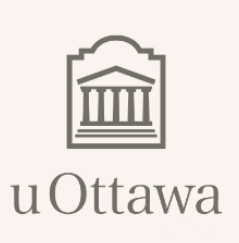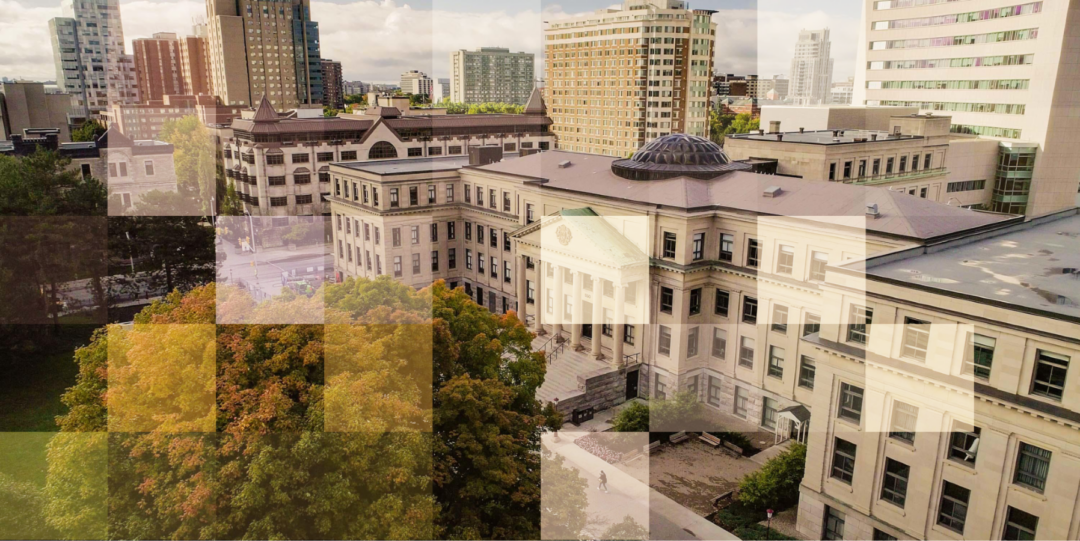Original post on January 22, 2025
Article written by Tom Chazelle Schulze — Journalist
The beginning of this year was marked by a major turning point in Canadian politics. The announcement on January 6th, announcing the resignation of Justin Trudeau as Prime Minister of Canada, begins a phase of political transition. What possible impacts will his resignation have, particularly for young people and students?
Educational reforms under Trudeau: a contrasting legacy
Charles-Étienne Beaudry, professor of political studies at the University of Ottawa and expert in Canadian politics, as well as Michel Wernick, former clerk of the Privy Council , believe that Trudeau’s mandate was notably marked by progressive choices, such as the legalization of cannabis in 2018 or the policy open to international students.
In fact, under the Trudeau government, Canada has seen many reforms that have redefined support for post-secondary students, including a 40% increase in Canada Student Grants. The Trudeau government also stood out for the introduction of the Canada Emergency Student Benefit ( CESB ) during COVID-19. This initiative, estimated at a cost of $5.9 billion in 2020-2021 according to calculations from the Office of the Parliamentary Budget Officer, was intended to ease financial pressure on students during the pandemic.
In addition, according to Statistics Canada, the immigration policy has brought a strong influx of international students, increasing from 142,200 in 2009-2010 to 388,800 registered in 2019-2020 .
However, these policies have also fuelled divisions in public opinion, Beaudry and Wernick say. This openness has highlighted a number of structural flaws , illustrating the shortcomings of these reforms, which are running up against constraints. The housing market has not been able to keep up with rapid population growth. A study by the National Bank estimates that in order to “…meet current demand and reduce housing cost inflation, Canada would need to double its construction capacity to about 700,000 housing starts per year,” which the study considers an “unattainable goal,” creating challenges for many young people, both local and foreign.
Therefore, for Beaudry, “although Trudeau’s policies have had positive impacts, they have also exacerbated certain inequalities, particularly in terms of housing and the cost of living.”
Students face political and economic uncertainty
This legacy leaves students fearful of potential cuts to support programs under a more conservative government, further increasing uncertainty about their future, Beaudry says.
He explains that the next government will have to take up the challenge of balances, political aspirations and economic realities to meet the expectations of Canadian youth in search of stability and opportunities.
Wernick warns these young people of political uncertainty, especially regarding job opportunities in the public sector, which is often the first victim of budget cuts.
A departure marking a political turning point
Trudeau’s decision, anticipated by some, particularly after the dissolution of the agreement between the Liberal Party of Canada (LPC) and the New Democratic Party (NDP), comes with popular discontent and criticism of governance. Trudeau’s approval rating has actually dropped to 22%, according to research published in late December by Angus Reid , an independent Canadian research organization. According to the two experts, the resignation, coming after rumors of internal disagreement and external pressure, opens the way to a year of uncertain political transition.
Beaudry explains that Trudeau prorogued parliament until March 24, which is the deadline for candidates to run for the LPC leadership. When that date comes, parliament will resume with a new leader of the LPC, who will assume the role of prime minister of the country. According to Beaudry, the Bloc Québécois and the NDP have said they will bring down the government as soon as it returns.
Wernick thus emphasizes the crucial role of the public service in maintaining continuity, even in times of political transition. He explains that, unlike the American model, the public service remains “neutral and stable” in Canada, ensuring the implementation of policies and the management of public services, independently of changes in government.
For the former Clerk of the Privy Council, who anticipates a period of budget cuts to come, the current transition is part of a natural political cycle, regardless of the next head of government.

